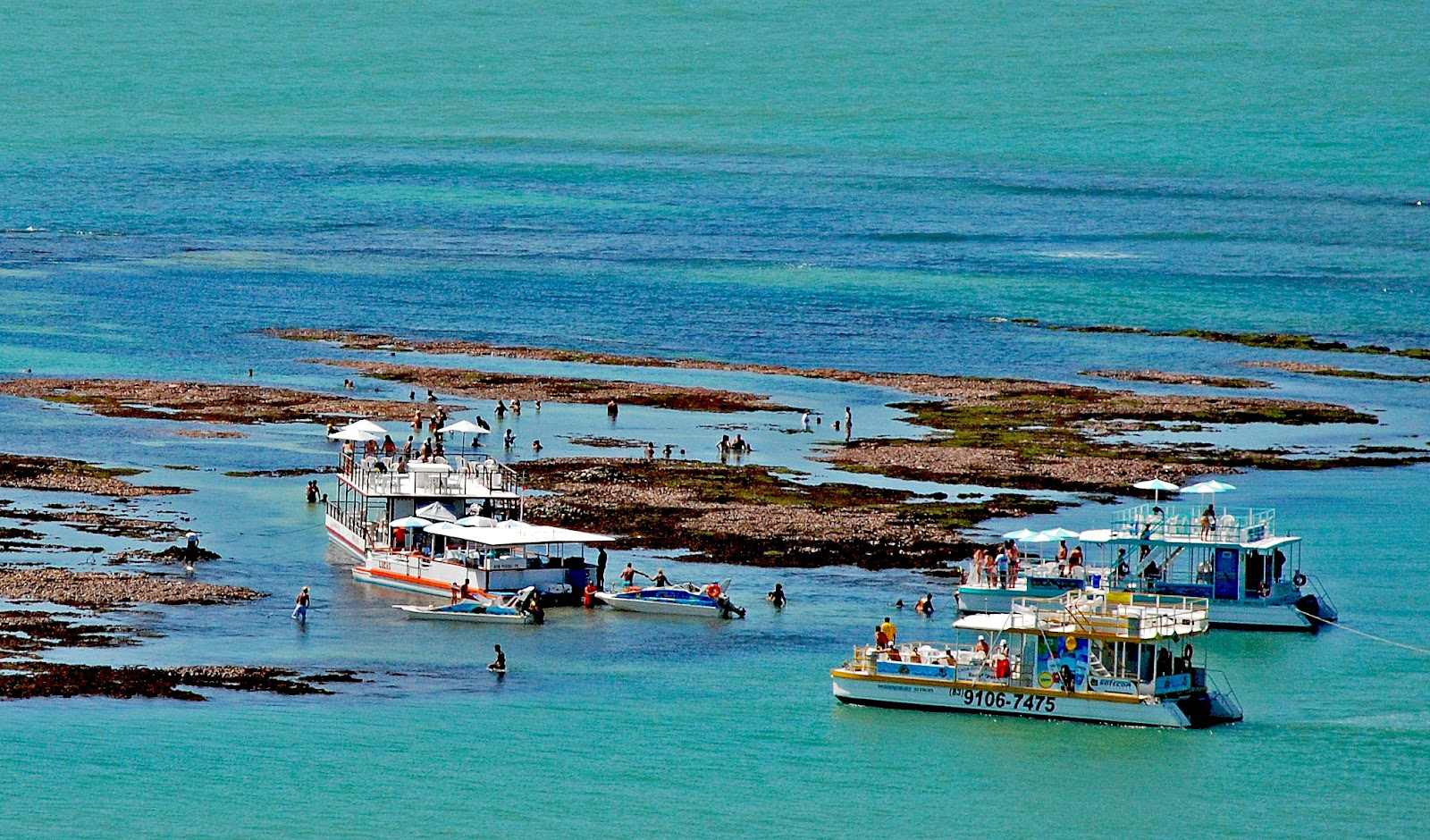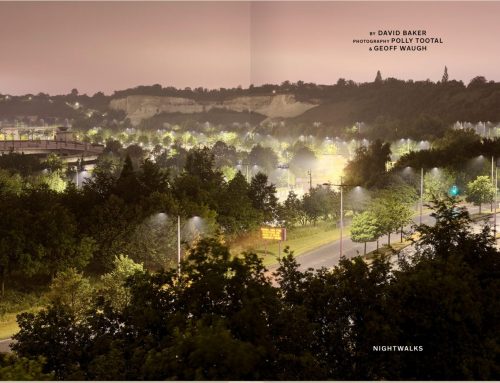David Baker is taught an unexpected lesson at the easternmost point of the Americas
Financial Times, 25 November 2006
It was, I guess, with typical laidbackness that Brazil seemed to have lost the Easternmost Point of the Americas. We were driving north from Olinda, just inland from the spectacular north-east Brazilian coast when we saw the sign and an arrow pointing towards the sea.
Brazil is so solidly Latin American that it’s surprising when you see on a map just how far it shoves its shapely rump out into the Atlantic Ocean. So far in fact that Rio – distant, exotic, all tangas and candomble – is sometimes only three hours behind London, while New York – who are our next-door neighbours, really – is never less than five. So when we saw the sign, we had to find the point.
We turned right, the road narrowed, downgraded a couple of notches and took us straight into a farmyard. A chicken clucked but otherwise the place was deserted. We went back on ourselves, tried another exit (don’t imagine Brazilian trunk roads are anything like the ones at home), came to a T-junction and took a random left. The road slalomed its way between sugar-cane fields and the occasional pile of old tyres. But there was no sign of the point and, when we flagged down a passing motorist, we may as well have been asking directions to Monte Carlo.
After a few more abortive turns and blank faces, we were ready to give up when, down the end of a tiny lane, we caught a glimpse of blue, a wave breaking on sand and the colourful hoarding of a beach bar. If nothing else, we could get a beer.
“Excuse me,” we said to a man hanging around the back door of the bar. “Do you know where we can find the Easternmost point of the Americas?”
He looked around, scratched his belly and shook is head.
“Nao.”
We looked at the sea, weighed up having a beer with getting sooner to our next destination, and were wandering back to the car when his wife came bustling out of the door behind him.
“It’s here, it’s here,” she called, pointing towards the sand. “This is it.” And, turning on her husband, said, not quite sotto voce, “You idiot. How do you expect tourism to develop if you don’t even know where you are?”
The beach was deserted except for a couple of white plastic chairs and a mangy black and white dog scratching itself in the early evening sun, and as we wandered down to the sea we felt a little self-conscious, unsure what to do next. It’s inevitable that these extreme points of continents are less dramatic than you think they are going to be but we had hoped for a plaque or something. (It turned out later that there’s one at a nearby lighthouse). But as we looked out over the water, next stop Luanda, we did feel something: that poignant, heavy melancholy of the traveller contemplating distance. One of the Brazilians’ favourite words is saudade, that bittersweet longing for home. And at the edges of land, even in these days of long-haul flights, you always feel it.
Back in the car, we were quieter as we found the road again. Our destination was Joao Pessoa, just a few kilometres north, and when it arrived, after the slow meanderings of the coastline, it burst on to our consciousness like a drag queen at an end-of-peer show. Joao Pessoa is an exuberant place. Its seafront is a parade of open-air restaurants, brightly lit bars, joggers, food stalls, groups of kids, families out for a stroll and grannies shooting the breeze under the palm trees. We were hungry and we needed somewhere to stay but first we wanted to see Joao Pessoa’s strangest attraction: the Hotel Tambau.
A creation of the 1960s, the Tambau looks exactly like one of those wheel-shaped space stations from early sci-fi movies. Built entirely in Soviet grey – which must have been so chic when it opened – its rooms form a perfect circle around a central hub to which they are connected by four concrete spokes. The entrance is only marginally more welcoming than the door to a nuclear bunker – though the staff are cheery enough.
Inside this huge structure are gardens, tennis courts, open-air restaurants and a children’s play area decked out with strange hanging seats like vertical hammocks. At high tide, part of the Tambau’s arc pushes out into the waves and when it opened, it must have been thrilling to sit in the observation room as the water splashed over the windows in front of you. Now, however, nearly 40 years of wind and salt have etched themselves into the glass and all you see is a murky, distant version of the natural beauty outside. It feels like being in quarantine, though apparently the place is very popular with conference goers.
Back in the streets, it was time for food. The dozens of open-air restaurants along the beach all serve the same kind of thing: fish, seafood, meat, grilled on huge we-mean-business barbecues, plus fresh salads and heady caipirinhas.
As we tucked into a typically enormous feast, we noticed a small boy – ragged, thin, startled – watching us from the pavement. Every so often a waiter would shoo him away but he soon came back, hovering nervously on the edge of the action. Rich western tourists that we were, his hunger threw a harsh light on our indulgence (the Brazilians around us barely gave him a second look) so we packed up a bag of meat and salad and took it over to him.
I watched him as he wandered off with his booty – a strangely adult solemnity about him. For the second time that day, I felt that traveller’s melancholy and wondered if, in his own city, he felt as far from home as we did.






